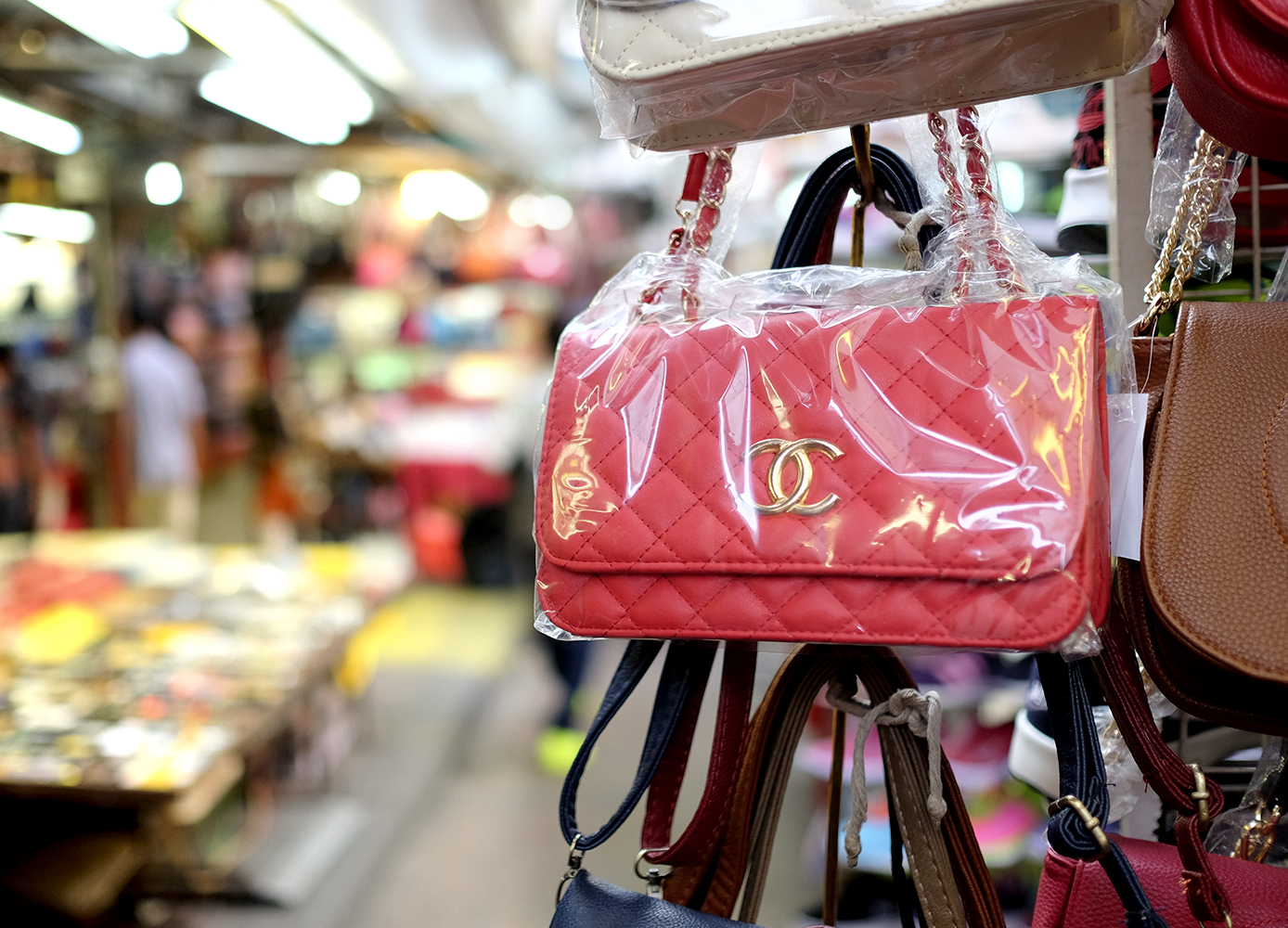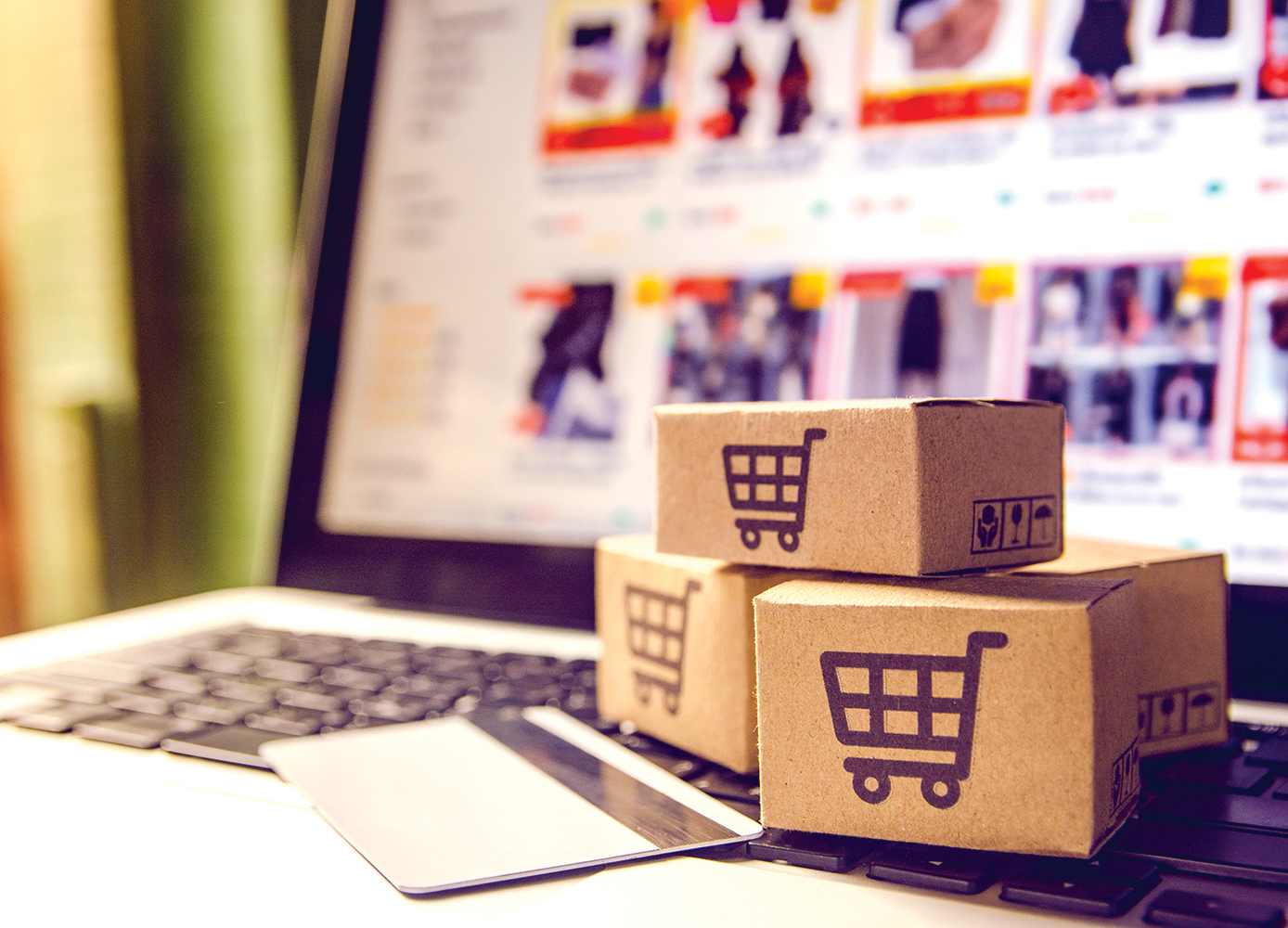The online vendor has a problem with counterfeit goods; here’s what to watch for
By Katrina Caruso
While the company’s reportedly been trying to clean up its act, Amazon’s Marketplace is still full of counterfeit goods, as well as second-hand products sold as new.
Last month, The Guardian newspaper undertook an investigation into counterfeit products sold through Amazon. Ordering a selection of items from the site, the reporters ended up with a pile of fakes, including a pair of counterfeit Apple AirPods, knock-off Kylie Jenner lip gloss, and Apple iPhone chargers that were used but marketed as brand new. Once The Guardian contacted Amazon, some of the products were removed from the site, while others had their descriptions changed.
The problem is that Amazon’s Marketplace allows third-party vendors to use the website to sell their products—Amazon gets a percentage of the revenue generated—and those third-party products are largely unregulated and sold alongside goods that Amazon is selling. It can be very difficult to tell the difference.
Almost 40% of the goods available on Amazon are from third-party sellers. Why does Amazon take the risk of allowing third-party sales? They accounted for 20% of Amazon’s total revenue in the quarter that ended March 31.
How can you tell the difference? Pay attention to the fine print. Check out how the item’s order will be fulfilled. Under the product’s title, find the “by” line; it will be one of the following:
– “Ships from and sold by [third-party company name]”: Amazon has nothing to do with these products; they are sold and shipped to you by a third-party vendor using Amazon’s Marketplace solely to list the item. Most counterfeit products are sold here.
– “Sold by [third-party company name] and Fulfilled by Amazon”: Though these aren’t Amazon products, Amazon helps with shipping these items to you through one of its fulfillment centres. Many products can go through this system and are never be verified before being sent off to the customer.
– “Ships from and sold by Amazon”: These products are the least likely to be fakes or imitations—Amazon sells and ships these items by agreement with other legitimate retailers.
Third-party products sell because they are often priced to undercut the competition. If a price looks too good to be true, you may be about to buy a fake.
Photo: iStock/egadolfo.





